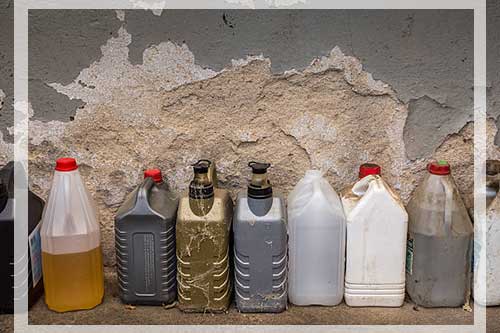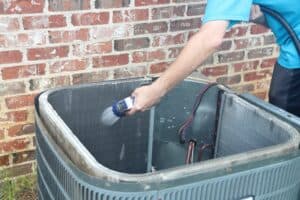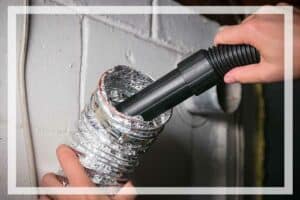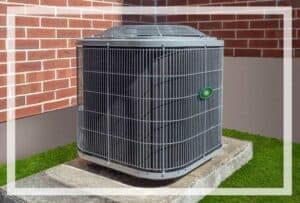You may be wondering why it’s important to learn about the types of indoor air pollution. After all, you might think that the air inside your home is cleaner than outdoors, but this isn’t always the case. According to research and studies by the Environmental Protection Agency (EPA), indoor air can be up to five times more polluted than outdoor air.
Why Is It Important To Learn About Types Of Indoor Air Pollution
Learning about the types of indoor air pollution can be challenging, as many people do not realize that there are actually three types: chemicals, biological, and radon gas. Most people only associate indoor air pollution with tobacco smoke or dust particles, but they often overlook other types of pollutants such as VOCs and radon gas.
We all want to keep our homes safe and healthy, but it can be difficult to understand the types of indoor air pollution that could be present. In this article, we’ll take a look at the three types of indoor air pollution – chemical, biological and radon gas – as well as how you can identify them and reduce your exposure.
Chemical Pollution – Overview and sources
Chemical pollution is one of the major types of indoor air pollution. It is caused by volatile organic compounds (VOCs) which are found in household items such as paint, cleaning products and furnishings. When these items are used or stored indoors, they can release VOCs which can accumulate over time and cause health problems. Common symptoms of carbon monoxide and chemical pollution include headaches, dizziness, nausea and respiratory problems.

Where Chemical Can Be Found
- Paints
- Cleaning products
- Furnishings
- Adhesives and sealants
- Building materials
- Carpeting and floor coverings
- Home furnishings, such as mattresses, upholstery, drapery fabrics and furniture
- Air fresheners, scented candles and room deodorizers
- Personal care products like hair sprays, perfumes, or colognes
How To Identify Air Quality Pollution Cause By Chemicals
The best way to identify chemical pollution is by its odor. You may notice a strong, irritating smell in your home or you may experience symptoms such as headaches and nausea when exposed to the fumes from these products.
Common Indoor Pollutants Reactions To Chemical
Common reactions to chemical air pollution include:
- Headaches
- Dizziness
- Nausea
- Respiratory problems
- Eye, nose and throat irritation
- Coughing and wheezing
- Fatigue
- Skin rash or irritation
Biological Pollution – Overview and sources
Biological pollution, also known as biological agents, is the second type of indoor air pollution. This type of pollution includes dust mites, mold spores, pollen and pet dander, which can trigger allergies or asthma attacks. Biological pollutants are often released from damp surfaces such as carpets, curtains and upholstered furniture, but they can also be found in the air due to poor ventilation.

Where Biological Can Be Found
- Dust mites
- Molds and mildew spores
- Pet dander
- Pollen
How To Identify Common Indoor Air Pollution Cause By Biological
There are a few ways to identify biological pollution in your home or office buildings. If you notice an increase in allergies or asthma attacks, this may be an indication that there is biological pollution present in the air. You can also look for signs of mold growth bacteria on walls, ceilings and floor areas, as well as inspect furniture and carpets for dust mites and pet dander.
Common Health Effects Of This Type Of Pollution
Common reactions to biological air pollution include:
- Allergies and asthma attacks
- Coughing and sneezing
- Headaches
- Nasal congestion
- Itchy eyes, nose and throat
- Watery eyes
- Runny nose
- Fatigue
Radon Gas – Overview, sources, and how to identify it
Radon gas is the third type of indoor air pollution and arguably the most dangerous due to its ability to accumulate over time. It is an odorless, colorless radioactive gas that is produced by the natural breakdown of uranium in soil, rock and water. Radon can enter a home through cracks in walls or foundations and accumulate over time if not properly ventilated.
Where This Gas Can Be Found
- Cracks in walls or foundations
- Crawl spaces
- Basement Leaks
How To Identify Radon Indoor Pollutionts
The only way to accurately detect radon gas is by taking a radon test. The EPA recommends testing all homes for radon, as it can be lethal if left unchecked. High levels of radon gas can cause lung cancer, so it is important to take action as soon as possible. Professional radon testing kits are available and should be used to detect the presence of radon.
Common Reactions Of Radon Gas Type
Exposure to high levels of radon gas can lead to serious health complications, such as lung cancer. This is why it’s important to test your home for radon and take action if necessary.
Reducing Your Exposure To Household Air Pollution
It is possible to reduce your exposure to indoor air pollution by taking the following steps:
- Ensure that your home is well-ventilated with fresh air.
- Replace or repair any cracked or damaged walls, foundations and floors where radon might be entering the home.
- Clean frequently to prevent dust mites and mold spores from accumulating.
- Using natural cleaners rather than chemical-based products whenever possible.
- Invest in high-efficiency particulate air (HEPA) filters for your HVAC system and vacuum cleaners to reduce dust particles.
- Avoid using scented sprays, candles and air fresheners.
- Keep indoor plants that can absorb VOCs from the air quality.
Conclusion
Indoor air pollution is a serious issue that affects many people. The three types of indoor air pollution – chemical, biological and radon gas – can all lead to health problems if left unchecked. Knowing how to identify each type of pollution and reduce your exposure is essential for maintaining a healthy home environment. By taking the necessary steps, you can help keep your health and home safe from indoor air pollutants.
resources:






